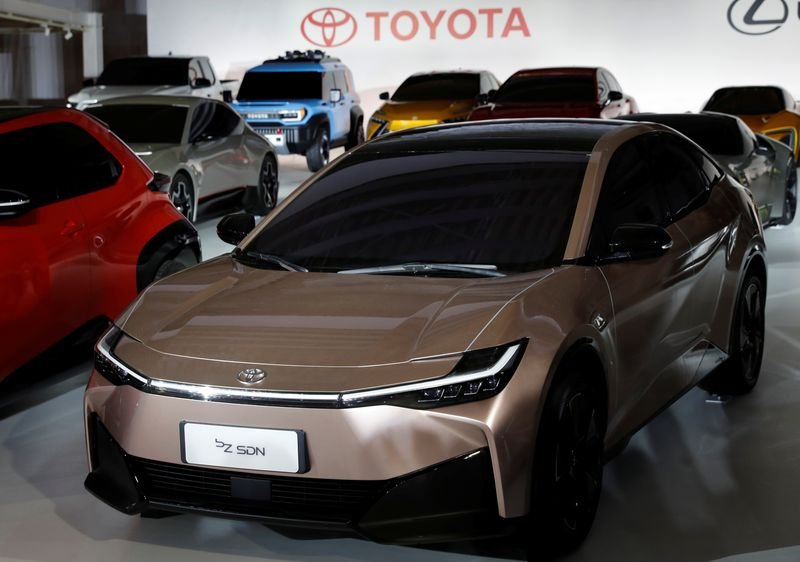Toyota and Honda Prepare for Profit Declines Amid US Tariffs and Strong Yen
As the automotive landscape evolves, two industry giants, Toyota and Honda, are facing significant challenges in the form of US tariffs and an appreciating Japanese yen. These factors are poised to impact their profitability in the near future, leading both companies to brace for potential reductions in earnings.
Impact of US Tariffs on Automotive Manufacturers
The imposition of tariffs on imported vehicles and vehicle parts in the United States has raised concerns among manufacturers. The tariffs serve as a financial burden that can amplify production costs, leading to higher prices for consumers. For both Toyota and Honda, who have significant operations in North America, this could mean adjusting pricing strategies and production plans to maintain competitiveness.
Adapting to these tariffs may require the companies to reconsider their sourcing strategies, potentially increasing local production or finding alternative suppliers. The focus on cost management will be essential to navigating these turbulent waters while aiming to sustain profit margins amid shifting economic conditions.
Strength of the Yen and Its Effects on Earnings
In addition to tariffs, the strength of the Japanese yen presents another hurdle for Toyota and Honda. A stronger yen can diminish the profitability of exports, which is particularly crucial for these companies that heavily rely on international sales. When the yen appreciates, the value of revenues generated overseas decreases when converted back to yen, pressuring profit margins.
To mitigate the impact of currency fluctuations, both automakers may explore various strategies such as hedging, adjusting pricing structures, or shifting production bases. Such measures are critical for ensuring stable earnings, especially as they navigate the complexities of the global market.
Strategies for Adapting to Economic Challenges
In response to these challenges, Toyota and Honda are likely to employ several strategies aimed at preserving their market positions and ensuring continued growth. Investing in domestic manufacturing capabilities could reduce reliance on imports and help counter the effects of tariffs. By increasing local production, these companies can not only lower costs associated with tariffs but also enhance their agility in responding to market demands.
Furthermore, both automakers might focus on innovation and electric vehicle (EV) development as a means of capturing emerging markets. As the automotive industry shifts toward sustainable mobility solutions, investing in EV technologies can not only provide new revenue streams but also align with changing consumer preferences.
Future Outlook for Toyota and Honda
As Toyota and Honda prepare for these economic challenges, the outlook remains uncertain. With a combination of global market fluctuations, currency pressures, and evolving consumer trends, both companies will need to stay agile and responsive to emerging opportunities.
By focusing on innovation, domestic production, and strategic pricing maneuvers, Toyota and Honda aim to navigate the complexities of the current market landscape. The ability to adapt to external pressures will be essential for maintaining their competitive edge in the automotive industry.
Through these efforts, Toyota and Honda will continue to strive for excellence, ensuring that they remain key players in the ever-evolving world of automotive manufacturing.
